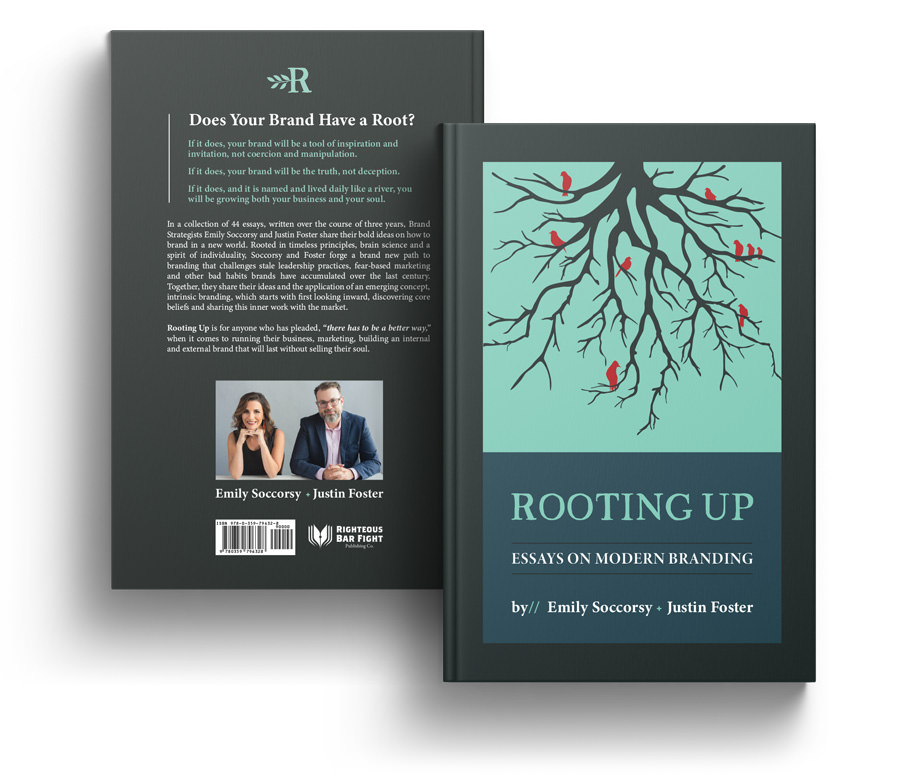Filed Under: Story
By Jennifer Lawhead
Telling stories about your brand is easy. But practicing storytelling in a way that perks up the ears of those you want to reach, encourages dynamic dialogue, and subtly reveals something important about your brand in the process? This skill, my friends, is difficult.
“I’ve tried telling stories about my brand before, but they’re not having the impact on our audience like we hoped,” a client told us recently.
After review, our client was checking a lot of boxes. They were telling stories through multiple voices and multiple channels across their brand. Stories were placed at the forefront of external reports, featured on social media regularly, and shared regularly in internal team meetings.
Ultimately, the lack of engagement came down to the quality of the content. While stories were told regularly, this brand was missing an opportunity to tell their audience what they really wanted to hear – stories that made them feel something. To do this eloquently, you need to avoid three common mistakes in brand storytelling.
Mistake 1: The Story Isn’t Emotional Enough. Every good story has a moment of tension. This is when the emotional impact of the moment culminates. Examples could be the moment a single mom found out her grocery bill was paid for by a neighbor, a diagnosis that will change a young man’s life forever, or when a business owner finally reached a milestone after much sacrifice. Your job, as a storyteller, is to play up the emotions of this moment. Never assume your readers will understand the emotional impact; use language to spell out exactly how that person felt, how that emotion was expressed, and what they may have been thinking as a result.
Mistake 2: The Story Isn’t Specific Enough. If you want your story to have an impact, you must get deep into the details. It’s through details that we deeply relate to the humans in the story and reinforce your message. If your brand sponsors a family in need during the holidays, and the young man in the family has holes in his well-worn shoes, include these details in your story. This helps you capture the impact of your brand’s involvement.
Mistake 3: The Story Doesn’t Put the Humans First. We see this mistake often in product storytelling and it looks like this: “our product changed this person’s life by saving them time to spend with their family.” Yes, this storyline has a human in it, and it has the potential to incorporate emotion. But it’s a story that puts the product first, which is always a missed opportunity. When given the chance, always tell the stories of the people behind the products. Southwest does an excellent job of this. Airbnb does an excellent job of this. Their stories aren’t about an AirBnB that became a perfect fit for a family. Instead, Airbnb stories are about humans, their interactions, and the new experiences they have as a result. AirBnB’s awesome platform, worldwide reach, and excellent customer service are all just added bonuses.
When telling stories, just remember: leave your reader feeling something. If they relate to your story on an emotional level – whether it’s joy or sadness for the humans you’re featuring – you’ve accomplished your most difficult storytelling task.
